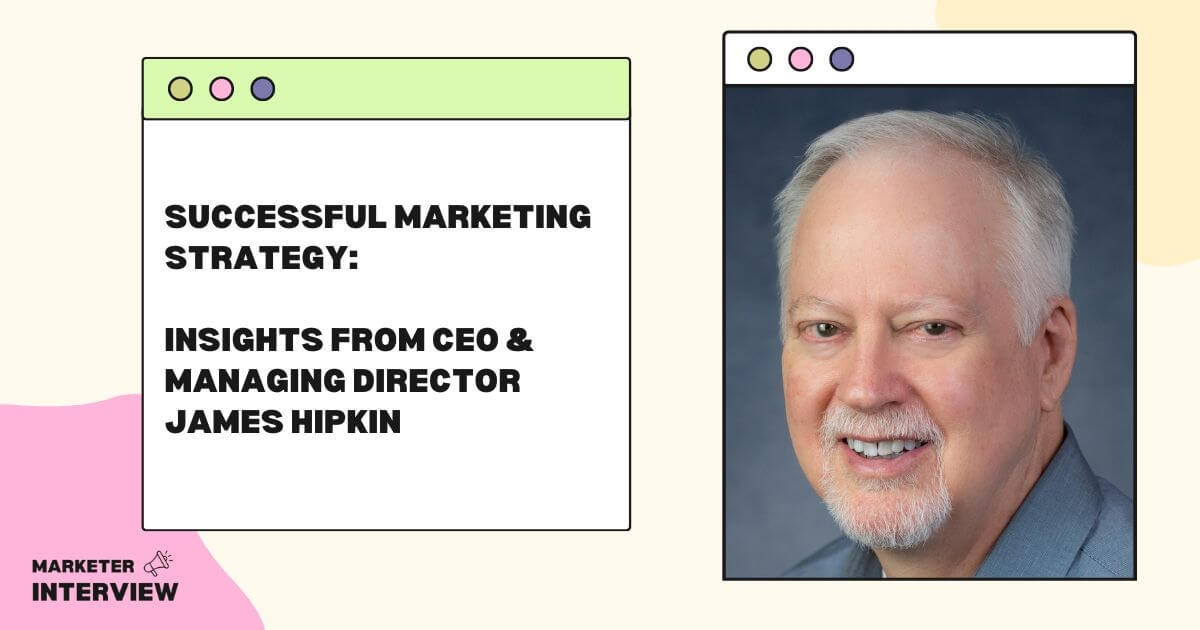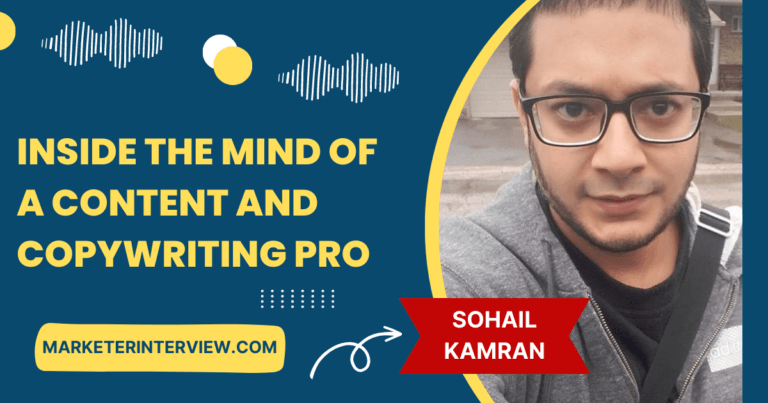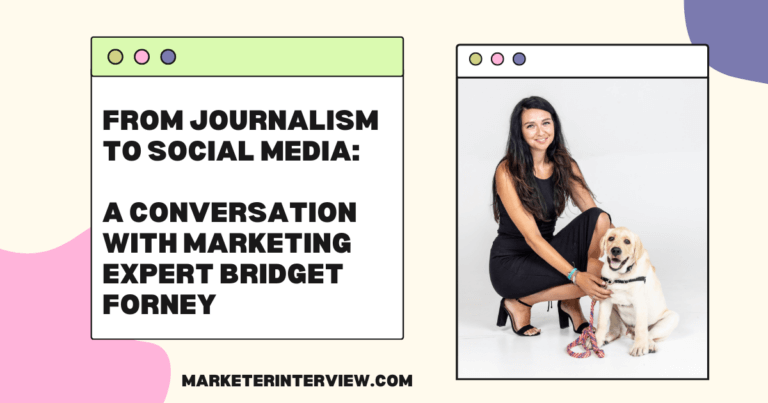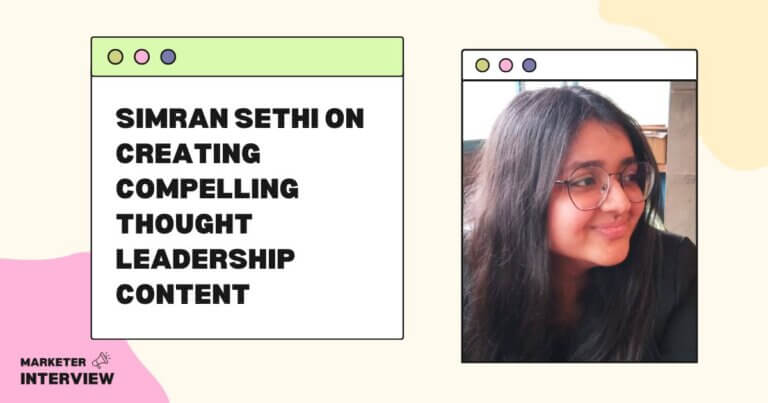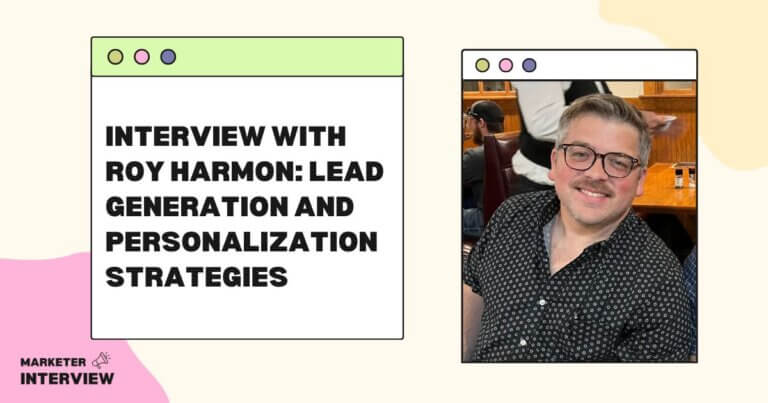Successful Marketing Strategy: Insights from James Hipkin
Today we have the pleasure of interviewing James Hipkin, CEO and Managing Director of Inn8ly, to discuss his marketing experience and insights into the fatal flaw he sees in most marketing campaigns.
James has extensive experience as a podcast expert guest and public speaker, and we’re thrilled to have him join us today to share his knowledge and insights.
Contents
- 1 Can you tell us about your background? How did you get into marketing?
- 2 What is the fatal flaw that you see in most marketing campaigns?
- 3 How important is a strategy when it comes to website UX and design?
- 4 Can you share a time when you helped a company improve its marketing strategy?
- 5 What trends are you seeing in the marketing industry right now?
- 6 What advice would you give someone just starting in marketing?
- 7 Can you walk us through your process for developing a marketing strategy?
- 8 What tools and software do you use for your job/career?
- 9 Can you share a project you worked on that you’re particularly proud of?
- 10 You mentioned you’re an experienced podcast expert guest speaker. Can you share some topics you enjoy discussing in these roles?
Can you tell us about your background? How did you get into marketing?
It’s a long and somewhat unusual road.
I graduated from university with a music degree. Then I spent six years working in Rock & Roll. I produced concerts and spent a lot of time on the road with bands.
We also had a company that bussed kids from secondary markets to big city venues so they could attend concerts and get home safely. Then, the year I turned 30, I worked at the US Festival, a large outdoor rock concert in California.
Turning 30 is, or at least it was for me, a watershed moment. Did I want to continue doing what I was doing?
I recalled a conversation I had with Geddy Lee. He is the bass player and lead singer in Rush. He told me about how the band had vertically integrated their business.
Hmmmm… If a band like Rush took business this seriously, perhaps this was something I could do. But, when I assessed what I enjoyed most and what I was best at, it was promoting concerts.
I looked at my choices, working in advertising was a path I would be good at. So I got a job in an ad agency.
What is the fatal flaw that you see in most marketing campaigns?
The most common mistake I see is an absence of strategy.
The marketers are doing lots of stuff, but there isn’t a solid customer-driven purpose. Successful marketing begins and ends with customers, especially the best customers.
In most categories, 20% of purchasers represent 80% of sales. Understanding these best customers, who they are, how they think, the problems they are trying to solve, and how your product or services solves their problems is the foundation of all successful marketing.
It’s not about being pretty. It’s not about being clever. It’s about solving problems.
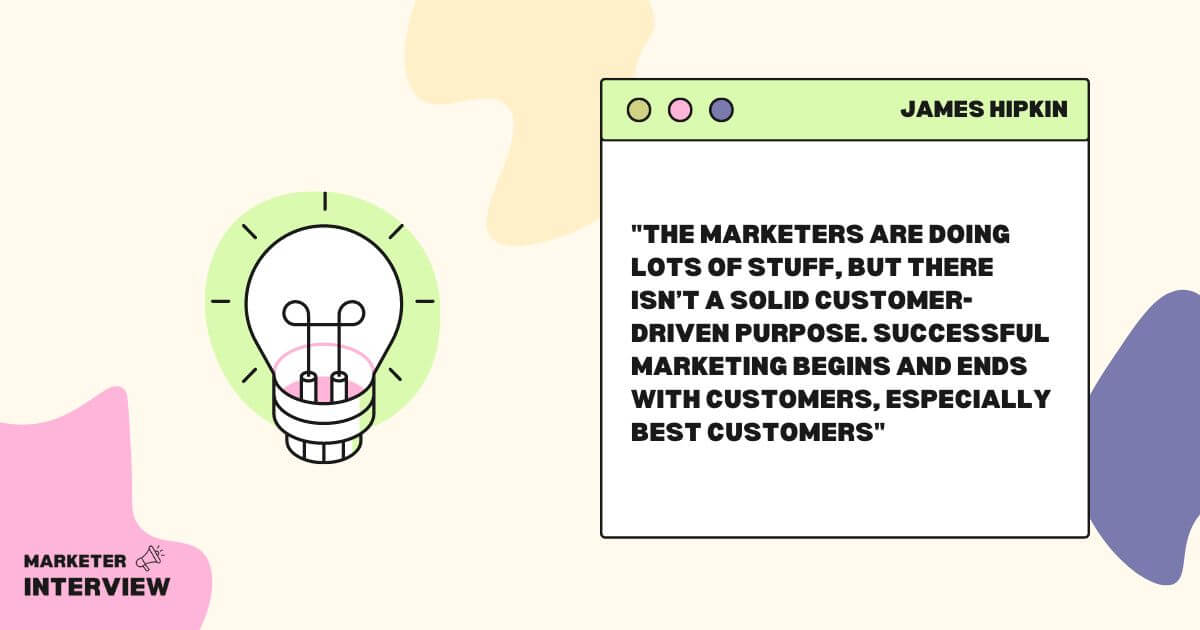
How important is a strategy when it comes to website UX and design?
Strategy is crucial. As I described in the previous question, having a customer avatar is step one.
Step two is mapping the buyer’s journey:
- What stimulated their interest in finding a solution?
- What questions will they have early on?
- What questions do they have as they approach a decision?
- What’s in their head immediately after deciding to buy?
Effective website UX supports the buyer’s journey. It creates value for the customer and value for the business.
You want to create pathways on the home page for your audience subsegments. When they select a path, two critical things happen. First, they’ve told you who they are and asked you to give them more information.
Design’s job is essential but shouldn’t get in the way. The design must support the buyer’s journey and make it easy for users to know where to go.
The design also supports trust. A design consistent with the brand’s presence assures users they are in the right place.
Professional design is noted subconsciously and reassures users that this company is serious. The design should serve the strategy.
In the past, I worked with Sprint Long Distance. This was back when all the long-distance companies, AT&T, MCI, and Sprint, spent hundreds of millions of dollars trying to take the other guy’s customers.
We were hired to help Sprint understand and improve customer loyalty to insulate their business. We identified the best customers within their base and developed highly personalized loyalty programs targeted to their needs.
It took approximately a year to put everything in place, but the results in subsequent years were impressive. The CMO told me that they saw 20% revenue growth on a $2 billion base without seeing any change in market share.
What trends are you seeing in the marketing industry right now?
Consumers are becoming less patient with brands. Brands that are hyper-focused on solving real problems will continue to succeed.
For example, Google and what they are doing with search. They constantly innovate and improve their search algorithms to give their customers (searchers) relevant information.
Brands that aren’t focused on solving customer problems, Facebook and Twitter, for example, are in decline. Because consumers can easily access information, being big won’t sustain your success.
What advice would you give someone just starting in marketing?
Don’t try to boil the ocean. Instead, let your customers tell you what they need.
Use the marketing channels that your customers like to reach them. Recognize that platforms and channels are rented land. You own only two pieces of digital real estate: your website and your list.
Use the website as the hub of your marketing wheel. The media channels and platforms are the spokes, and the rim is your messaging strategy.
Don’t build your business on rented land. Instead, pick a couple of channels and focus on them.
When you think you have them dialed in, work on them some more. Build your list and use it to deliver value to your customers and prospects.

Can you walk us through your process for developing a marketing strategy?
Step one: develop customer avatars. One for your broad audience and then different avatars for the 2 – 3 subsegments representing most of your sales.
Step two: map the buyer’s journey for each avatar. Dig into what’s happening in their lives that causes them to need what you offer.
Step three: Use the insight from steps one and two to craft an execution plan. This is often described as a marketing funnel.
Use marketing to attract the right people to the top of the funnel for the right reasons.
Build a series of micro-transactions of increasing value to build trust and support the buyers on their journey.
Provide a solution to their problems that’s the next step in their journey rather than something they need to be convinced to buy.
What tools and software do you use for your job/career?
I’m always investigating new things. Right now, I’m deep into the ChatGPT rabbit hole. But, if tools and software improve productivity and help us create value for our clients, they stick.
Text Expander is a handy utility that saves me hours every month. Figma is a powerful, easy-to-learn, design software that I use daily. Grammarly as well.
We use Click Up for project management and Slack for internal communication.
MaxPoint Interactive was something that I felt good about.
It’s a long story, but at a high level, I convinced the CEO that he needed to pivot his business out of lead augmentation and into an online media targeting tool. As a result, he added me to the advisory board and eventually took the company to a successful IPO.
As mentioned above, the website is a business’s most valuable asset. But, unfortunately, most are terrible because they don’t have a strategic foundation.
I have a talk on podcasts, Six Ways to Engage Website Visitors in Six Seconds or Less.
I use the six ways as launch pads to talk about marketing strategy and how having a strategy results in a website that supports the buyer’s journey.
You engage your audience by understanding their problems. Empathy is underrated.
